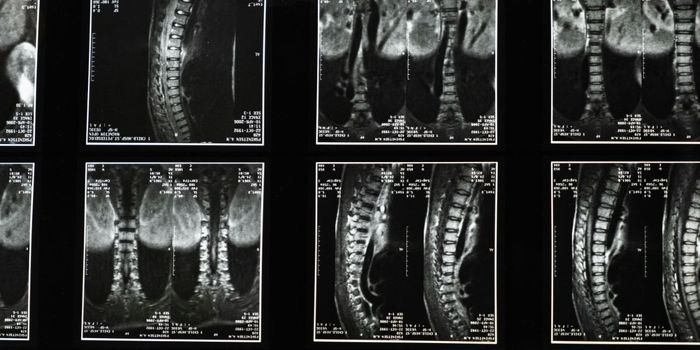Time-Restricted Eating and High-Intensity Exercise Work Together to Improve Health
New research published in PLOS ONE suggests that combining high-intensity exercise with time-restricted eating may improve cardiometabolic health and body composition more than either intervention alone.
In the randomized study, 64 women with obesity were divided into three groups: the first group was limited to an eight-hour per day eating window, the second group was assigned to complete high-intensity functional training with an instructor three times per week, and the third group was assigned to both the eight-hour eating window and the high-intensity training. The interventions lasted 12 weeks, and various health measures were taken before and after the interventions. Previously, the women had been mostly inactive, and the goal of the study was to see how the introduction of time-restricted eating with or without high-intensity training would change their body composition and cardiometabolic biomarkers.
The results showed that all three groups had significant weight loss, decreases in weight and hip circumference, and favorable changes in lipid and blood sugar levels. The two groups who were assigned exercise also showed improved fat-free mass and improved blood pressure, while the time-restricted eating-only group did not. Overall, the group that was assigned both exercise and a restricted eating window showed the greatest positive changes in body composition and cardiometabolic biomarkers.
The authors noted that this was a small study, so more research is needed before these results can be confirmed. However, these preliminary results suggest that the combination of time-restricted eating and high-intensity training may improve body composition and health metrics such as lipid profile, blood pressure, and glucose regulation more than either intervention by itself. Obesity and high blood pressure are strongly associated with cardiovascular disease, so these interventions are likely to improve heart health in addition to overall health and wellbeing.
Sources: PLOS ONE, Science Daily








